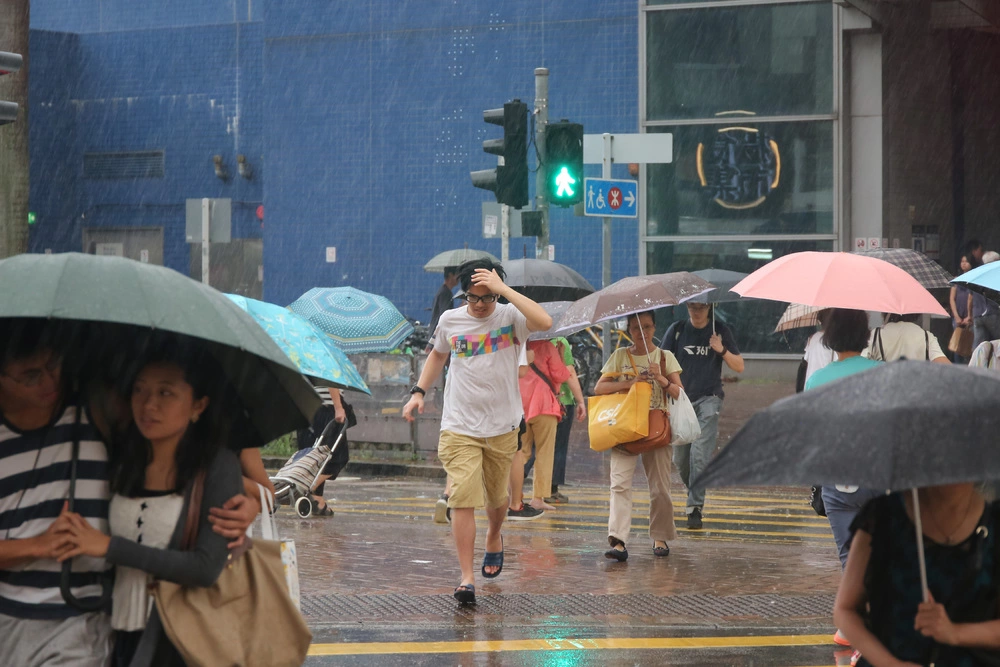On Friday, Hong Kong was flooded by the heaviest rainfall in almost 140 years, leaving the streets and subway stations underwater and causing its schools to shut.
Just across the border, authorities in China’s tech hub Shenzhen recorded the heaviest rainfall since records were formed in 1952.
Climate change has raised the assertiveness of tropical storms, experts say, with more rainfall and powerful gusts leading to flash floods and seaside deterioration.
The heavy rain in Hong Kong began on Thursday and in the hour leading up to midnight, the city’s weather observatory recorded hourly rain of 158.1 millimeters at its headquarters, the highest since records formed in 1884.
Authorities allocated flash flood alerts, with emergency services running rescue operations in parts of the territory.
It also cautioned of possible landslips, advising motorists to “keep away from steep slopes or retaining walls.”
Hong Kong’s stock exchange withdrew all trading sessions on Friday.

At a press conference, Eric Chan, the Hong Kong Chief Secretary defined the flood as a once-in-a-century heavy rainstorm, adding that severe situations would continue until midnight local time (1600 GMT).
The Hong Kong Observatory said it registered more than 600 millimeters of rain at its headquarters over 24 hours – approximately a quarter of the city’s average annual rain.
On Friday afternoon, the Hospital Authority said at least 110 were hospitalized due to harm, with four in severe condition.
Earlier in the day, taxis strumbled through flooded streets as commuters tried to drive their route to work, with some cars abandoned in the flood.
According to a Bloomberg Intelligence estimate the flooding could cost Hong Kong at least $100 million, compared to $470 million in damage when the city was struck by typhoon Mangkhut in 2018.




